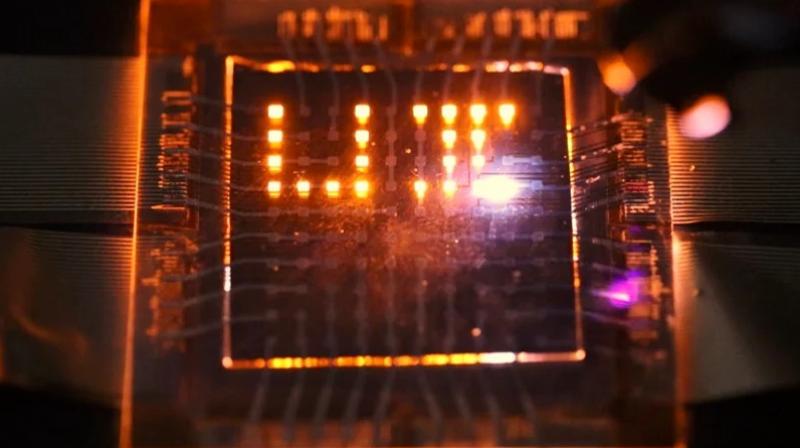Display-cum-charger? New technology to change smartphones

Well, this research has been going on for ages and it seems like there has been some breakthrough. In the near future, you will be able to charge your smartphones by simply exposing it to light. Japan’s Kyocera has been researching on solar-powered displays and now the University of Illinois at Urbana-Champaign has managed to develop something similarly different.
The researchers have found a breakthrough technology in which an array of LEDs on a display can absorb light and turn it into energy. Apart from just doing that, the display also has a few more tricks under its sleeve, reported New Atlas.
The LED array consists of tiny nanorods arranged on a thin film that is made from three different types of semiconductors measuring less than 5nm in total. One of these materials has the ability to emit as well as absorb light, while the other two facilitate how the electrons flow through the first one. This combination gives the LED array the ability to emit light, sense light and respond to visible ambient light.
This is done by quickly and simultaneously switching between the emitting mode and detecting mode. The switching happens to rapidly that they have a refresh rate of more than any standard display out there.
Presently, the prototype is only on a small scale, but researchers believe that they can work towards self-powered LED display that won’t compromise on performance. "The key improvement would be in the device being able to absorb much more of the ambient light," Moonsub Shim, lead author of the study, explained to New Atlas. "However, displays also need to emit light and that imposes a limitation. I think there are ways around this problem but further research is needed," he added.
The other trick that the display can help with is to create interactive displays. The arrays can be programmed to react to light signals that recognise objects and gestures, or using a laser light beam on it. The array can also adjust the brightness automatically by sensing the ambient light around it. This will make the display even more efficient and comfortable since the display can now change the brightness in different portions of the screen area to create a uniform lighting and viewing experience, similar to a display which would be kept partially in sunlight.
However, the researchers say that there is a lot more work needed in the development.

